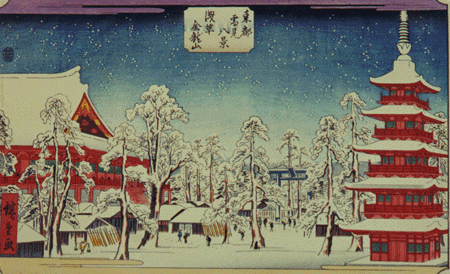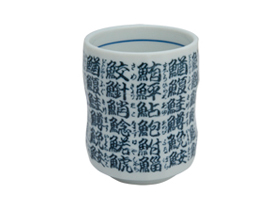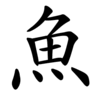Valentine’s Day is just around the corner, and that means we should brush up on our romantic Japanese language skills (right?).
As all good JETs know, Valentine’s Day in Japan is usually when women give chocolates to men. But, before you get too excited, make sure that you know what kind of chocolates you’re getting. ぎりチョコ (giri choco) is the chocolate women give to men out of social obligation, usually to bosses or co-workers. 本命チョコ (honmei choco), however, are the real deal and are given to your true love interest.
If you do get honmei choco from a lady friend, how do you tell her that you love her? Well, the most direct way is 私はあなたを愛しています (watashi wa anata o ai shite iru), literally I love you. In Japan, however, that’s a little too direct, and you may want to simmer down a bit and settle with a simple 私はあなたの事が好きです (watashi wa anata no koto ga suki desu), or the more macho 僕はきみの事が好きだよ (boku wa kimi no koto suki da yo).
For more expressions and grammar, check out Maggie Sensei’s blog.
For a fun review of handy words and expressions (including what “きゅんきゅん” means), check out this little video about falling in love in Japan:
If you want some “next level” expressions to impress your special someone, try:
- 昔の恋は錆びない (mukashi no koi wa sabinai): Old love does not rust.
- 惚れて通えば千里も一里 (Horete kayoeba senrimoichiri): Who travels for love finds a thousand miles not longer than one.
- 愛はすべてに打ち勝つ (Ai wa subete ni uchikatsu): Love conquers all.
But wait! Why do men get all the goodies on Valentine’s Day? Well, fear not. The world of love is fair, and men reciprocate on White Day, giving cookies, jewellery, or…wait for it…lingerie.



 Happy New Year everyone! We are pleased to report that the Winter 2015 JETAABC Japanese Language Course has started in this, the year of the sheep. During our first class, we were asked to write a “nengajou”, and in the process the question arose about why there seem to be two “sheep” kanji for the year of the sheep, i.e., 羊 and 未. This is what I’ve been able to come up with.
Happy New Year everyone! We are pleased to report that the Winter 2015 JETAABC Japanese Language Course has started in this, the year of the sheep. During our first class, we were asked to write a “nengajou”, and in the process the question arose about why there seem to be two “sheep” kanji for the year of the sheep, i.e., 羊 and 未. This is what I’ve been able to come up with.

